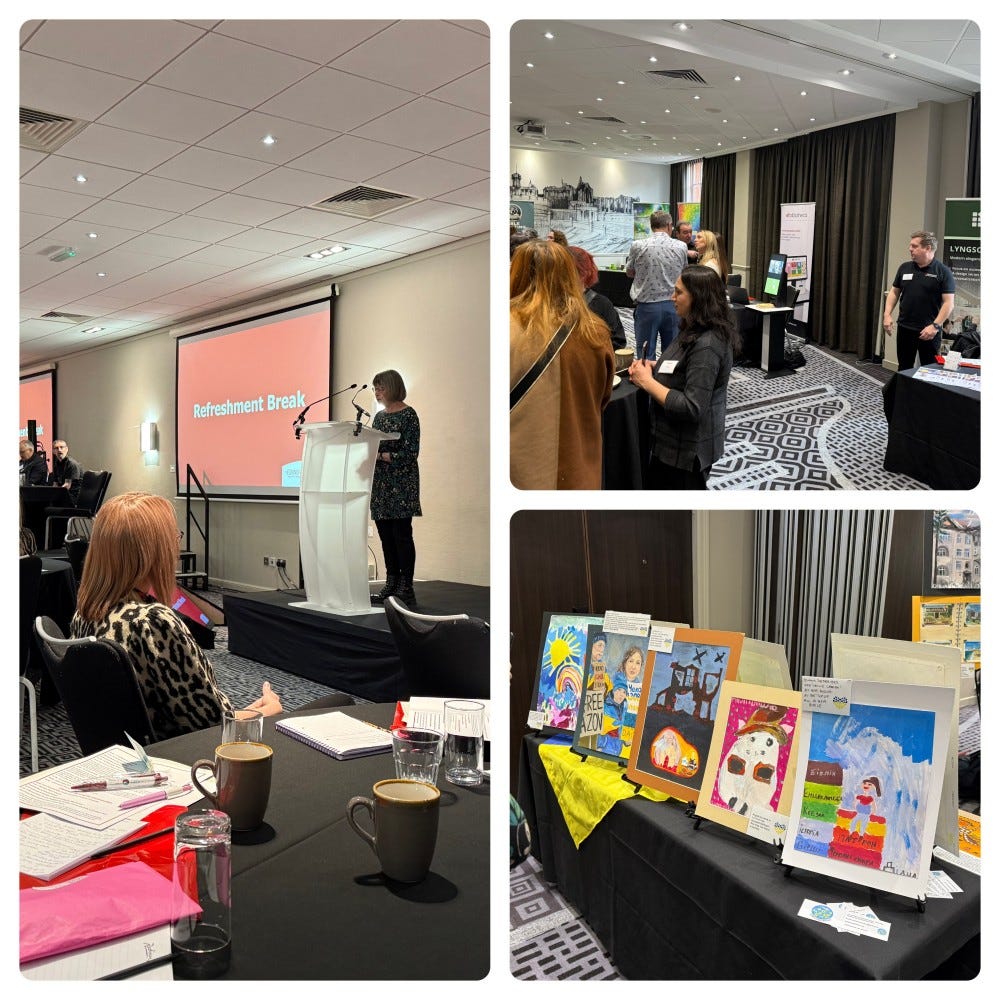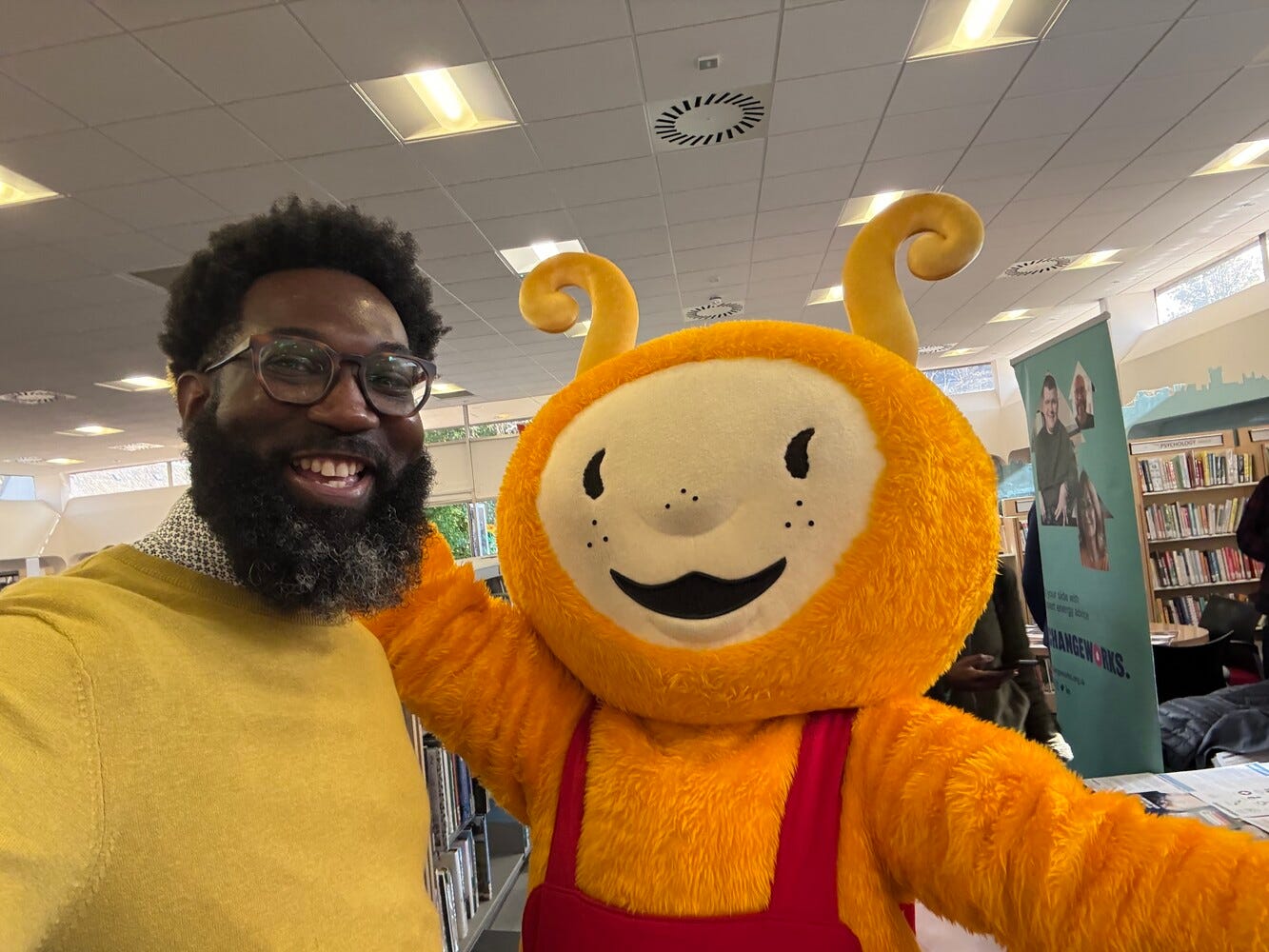Bridging Ideas and Innovation at the Edge Conference 2025
The EDGE Conference in Edinburgh has long been a gathering place for library professionals, innovators, and thought leaders to explore the evolving role of libraries in civic life. This year was no exception. Over two days, I had the privilege of both speaking and attending, engaging in thought-provoking discussions on the transformative power of libraries. From groundbreaking digital initiatives to reimagining physical spaces, the conference reinforced the importance of adaptability, inclusivity, and forward-thinking leadership in our field.
Day One: Libraries as Anchors of Community
The opening keynote set the stage, emphasizing libraries as essential civic spaces that support the most vulnerable members of society. One standout moment was the discussion on Edinburgh’s efforts to remove barriers to library access, including the elimination of overdue fines. The city’s commitment to making libraries welcoming spaces extends beyond policy changes—it’s reflected in investments like mobile electric library vehicles and new branches in underserved communities. Another session highlighted the power of libraries in cultural enrichment, showcased through Ed Sheeran’s visit to Muirhouse Library, where he supported a music education initiative for disadvantaged youth. This collaboration with the Tinderbox Collective was a perfect example of how libraries serve as community hubs that nurture creativity and self-expression.
A particularly compelling discussion centered on digital access and innovation. Darlington Library’s digital transformation project, a finalist for the Edge Awards, demonstrated how libraries can reimagine themselves as modern, interactive spaces. Their journey—from outdated computers to a thriving digital hub—provided a roadmap for others looking to modernize their services.
Day Two: Innovation, Inclusion, and the Future
The second day shifted focus toward the future, offering insights from Arapahoe Libraries in Colorado, which has cultivated a culture of innovation through experimentation, risk-taking, and continuous learning. Their leadership strategies emphasized structured failure—creating safe spaces for staff to try new ideas, make mistakes, and learn from them without fear. This resonated with many of us in the room, reinforcing the idea that meaningful innovation requires trust, patience, and a willingness to embrace the unknown.
Another standout session explored virtual reality (VR) as a tool for immersive storytelling and digital inclusion. The Coventry Libraries’ Digital Spaces project showcased how VR can engage underserved communities, offering both educational experiences and creative outlets through co-creation workshops. This concept of libraries as "trusted digital spaces" highlighted their unique ability to introduce emerging technologies in an accessible, community-driven way.
Throughout the conference, one thing became clear: libraries everywhere—regardless of location—are grappling with many of the same challenges and opportunities. Whether in Scotland, the U.S., or beyond, the mission of libraries remains universal: to serve, to innovate, and to be a bridge between knowledge and community.
A Post-Conference Library Tour
After the conference, I had the chance to visit three local libraries—Newington, Moredun, and Central Library—thanks to Cleo Jones, a Senior Library Manager whose leadership in literacy initiatives, accessibility advocacy, and community programming has shaped Edinburgh’s library services in remarkable ways.
At Newington Library, I saw firsthand how deeply embedded libraries are in their communities. The library was celebrating its 50th anniversary, and the space was buzzing with life—historical photo displays, community storytelling, and interactive activities for all ages. One of the most inspiring initiatives I learned about was Bookbug, a national early literacy program that ensures every child born in Scotland receives a free book pack at key developmental stages. Delivered through health visitors and libraries, these packs encourage parents to read with their children from infancy, reinforcing the connection between literacy, family bonding, and lifelong learning.
Another fascinating initiative was the bike security tagging program, a partnership with Police Scotland. This free service allows community members to register their bikes with a tamper-proof QR code, making it easier to recover stolen bikes. It’s a small but powerful example of how libraries can integrate practical, everyday services into their role as community hubs. I could have stayed at Central Library, a beautiful Carnegie Library, the entire day. And finally, Moredun, I got to enjoy the sensational Tricky Ricky; half magician, half comedian, and a whole lot of fun!
Final Reflections
Leaving Edinburgh, I feel inspired and energized. The conversations, ideas, and insights from the conference—and the library visits that followed—have given me so much to reflect on. The challenge now is translating these insights into action: finding new ways to apply these lessons, build upon the successes of others, and continue pushing the boundaries of what libraries can be.
I like to give a special thanks to The City of Edinburgh Council, Grainne Crawford Susannah Leake, and Cleo Jones for the incredible hospitality.





